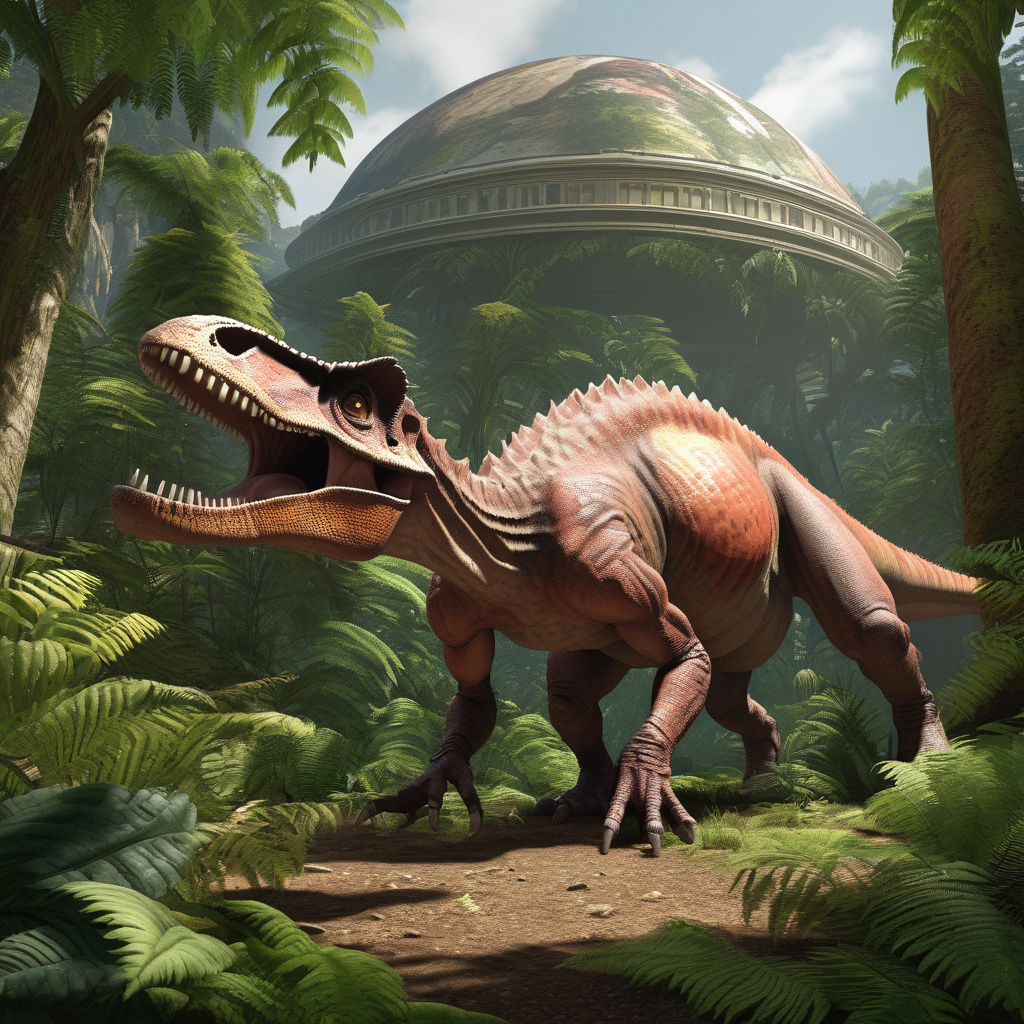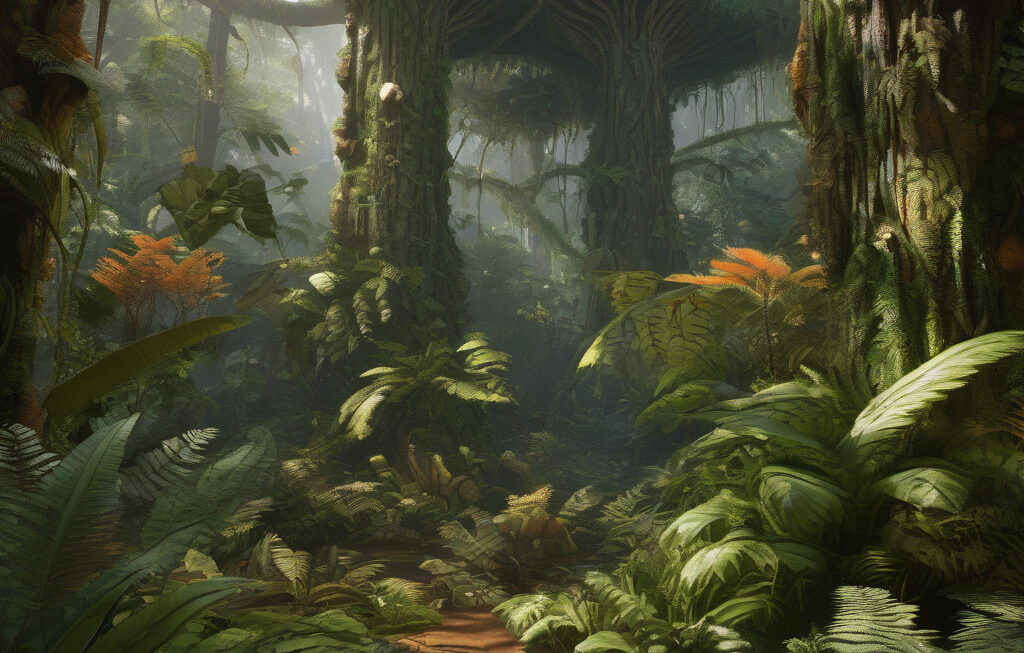A Once-in-a-Lifetime Discovery: Dome-Headed Dinosaur Headbutted to Attract Mates
A recent discovery in Mongolia’s Gobi Desert has provided the most complete and oldest fossil record of a dome-headed dinosaur species known as Pachycephalosaurus. This remarkable find has unveiled new insights into the behavior and anatomy of these fascinating creatures that roamed the Earth over 70 million years ago.
The study, published in the journal “Nature Ecology & Evolution,” details how the researchers uncovered a remarkably well-preserved skull belonging to a juvenile Pachycephalosaurus. What sets this discovery apart is the presence of distinct lesions on the skull, which indicate that these dinosaurs engaged in head-butting behavior.
Pachycephalosaurus, which means “thick-headed lizard,” was aptly named for its thick, domed skull. For decades, paleontologists have debated the purpose of this unique feature. Some believed it was used for combat between rival males or for defense against predators. However, this recent finding suggests a different theory – that the dome-headed dinosaur used its reinforced skull to attract potential mates.
The study’s lead author, Dr. Tsogtbaatar Chinzorig, explained that the lesions on the dinosaur’s skull were consistent with injuries seen in modern-day animals that engage in head-butting to establish dominance or attract mates. This discovery challenges long-held beliefs about the behavior of Pachycephalosaurus and provides a new perspective on how these dinosaurs may have interacted with one another.
In addition to shedding light on the social behavior of dome-headed dinosaurs, this discovery also offers valuable information about their evolutionary history. By analyzing the fossilized remains of this juvenile Pachycephalosaurus, researchers were able to gain insights into how these dinosaurs grew and developed over time.
Furthermore, the well-preserved nature of the skull provided researchers with the opportunity to create detailed 3D reconstructions of the dinosaur’s brain and inner ear structure. These reconstructions offer valuable clues about the sensory capabilities and cognitive abilities of Pachycephalosaurus, painting a more comprehensive picture of what these creatures may have been like in their prehistoric environment.
Overall, this once-in-a-lifetime discovery has significantly expanded our understanding of dome-headed dinosaurs and their behavior. By uncovering evidence of head-butting as a potential mating display, researchers have challenged existing theories and opened up new avenues for exploration in the field of paleontology.
As we continue to unearth new fossils and analyze existing ones with advanced technologies, there is no doubt that more surprises and revelations await us in the world of dinosaur research. The story of the dome-headed dinosaur serves as a reminder of the endless possibilities for discovery and learning that lie buried beneath the Earth’s surface, waiting to be revealed.
fossil, discovery, paleontology, dinosaurs, Gobi Desert












